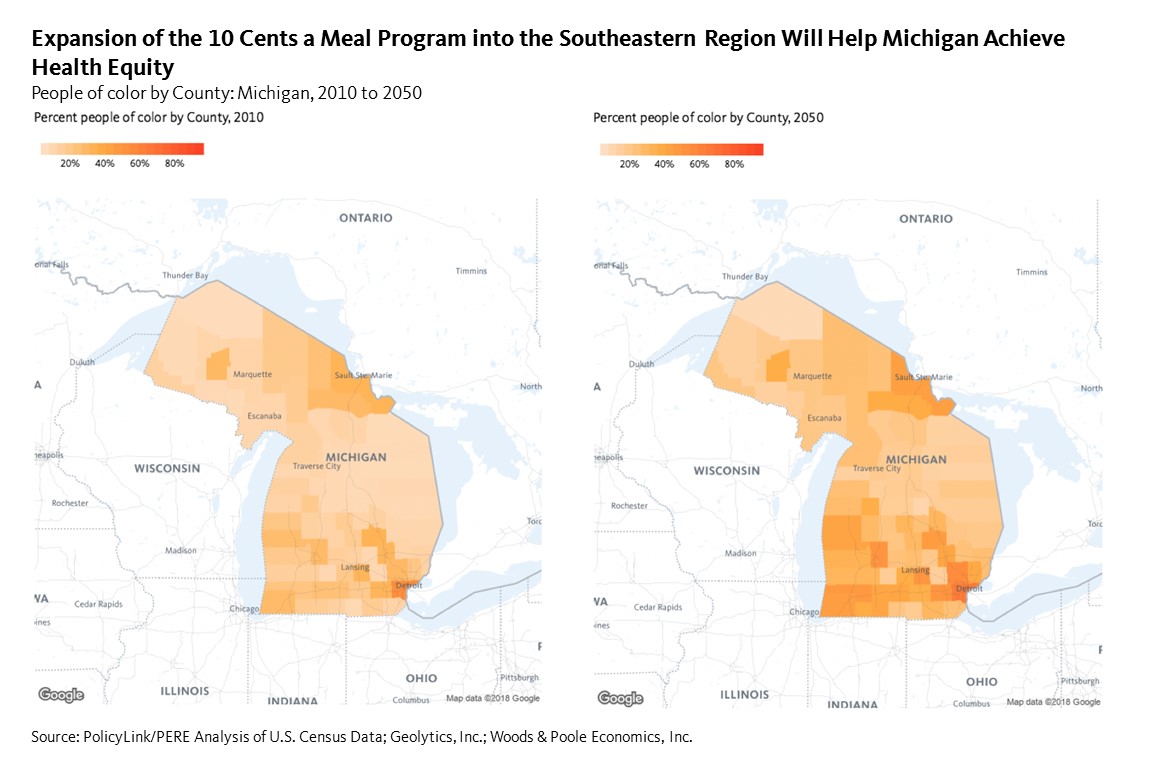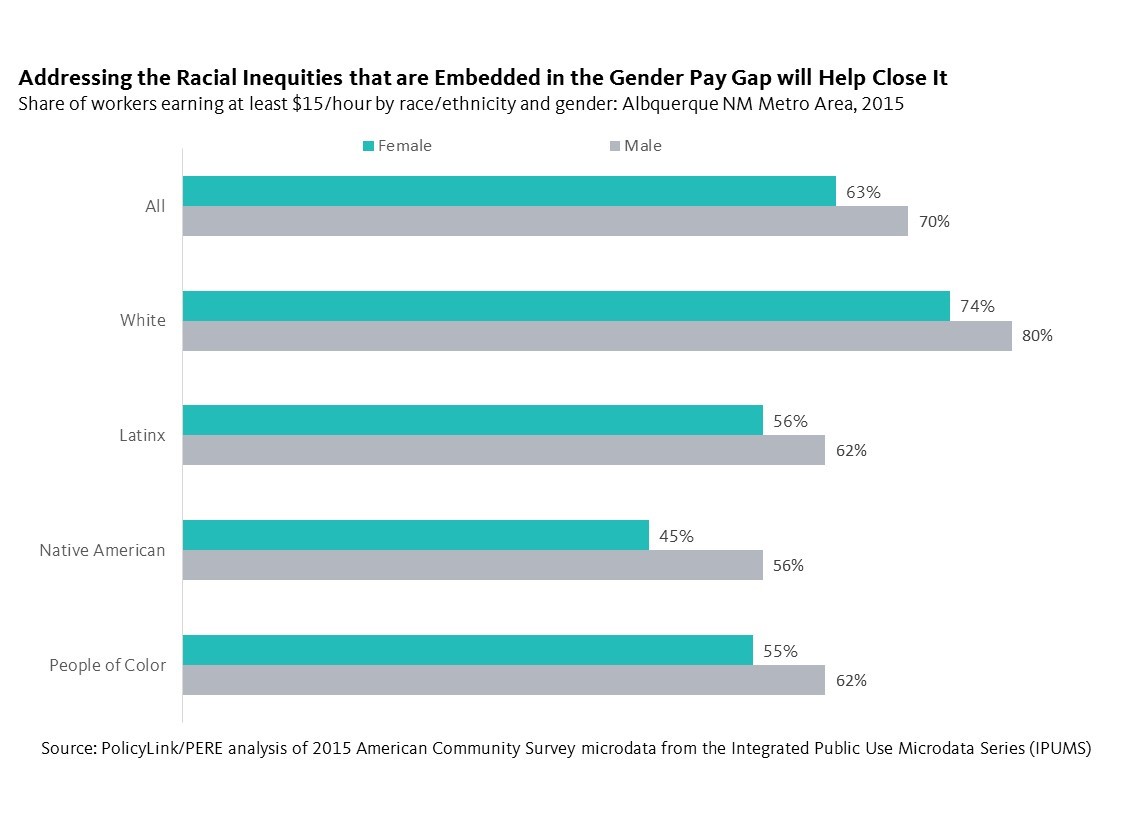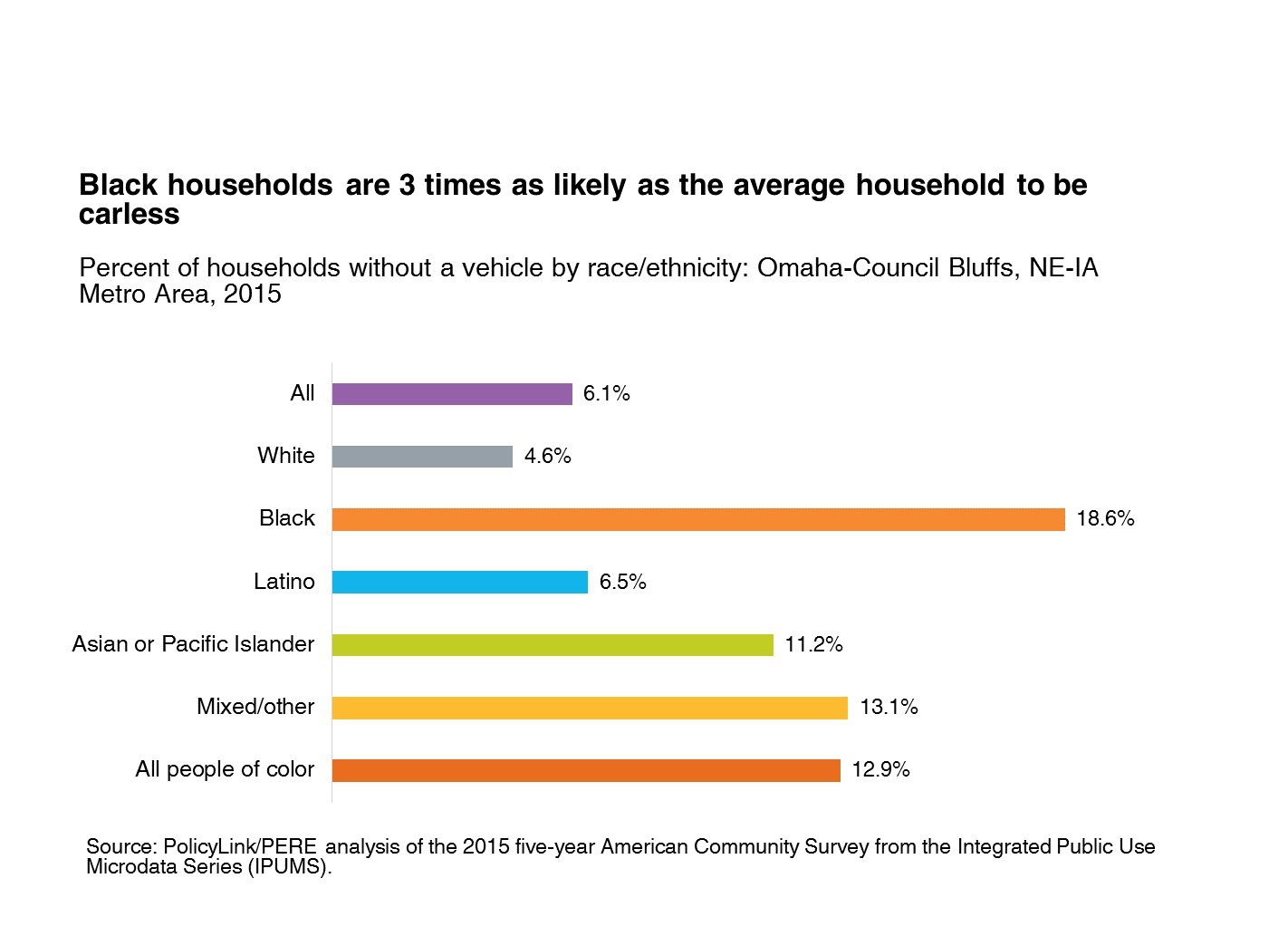Employment Equity A Key Theme at Atlanta’s Just Opportunity Summit
June 21, 2019: Just Opportunity Summit morning panel on leveraging and mitigating public incentives for economic inclusion. Credit: Kelly Jordan
If there were employment equity "More people with jobs will have enough money to spend in their communities, moving everyone up the socio-economic ladder" writes Nathaniel Smith, Founder and Chief Equity Officer of the Partnership for Southern Equity (PSE) in The Atlanta Voice. "The opportunities are going to those who have access to them — and that's disproportionately not the members of communities of color."
Referencing the report published by the National Equity Atlas in partnership with PSE, Smith states that "the Just Opportunity Summit is grounded in the belief of equity and hard data. According to the Employment Equity Report, 'achieving true 'full employment' across all racial and gender groups — bringing 384,000 more workers into employment — would add $2.4 billion in new state and local tax revenue annually'. The hypothesis is that the more people with jobs will have enough money to spend in their communities, moving everyone up the socio-economic ladder. The Just Opportunity Summit is aimed at making this into a reality, not just for Georgia, but throughout the American South." The same report also states that employment equity would lead to almost 115,000 fewer residents living in poverty; and more than $2.4 billion in additional tax revenue.
Racial equity in employment, economic mobility, and wealth were key themes of the inaugural Just Opportunity Summit held June 20-21 at Morehouse College hosted by PSE and the Just Opportunity Circle. Partnership for Southern Equity is a nonprofit advocacy organization that advances policies and institutional actions that promote racial equity and shared prosperity for all in the growth of metropolitan Atlanta and the American South, and the Just Opportunity Circle represents an organized group of key regional economic development leaders from the private, nonprofit, and government sectors. The Summit included workshops and panel discussions on topics such as closing the racial wealth gap, leveraging public incentives for economic inclusion, and expanding access to capital for entrepreneurs of color.
Click here to learn more about the Just Opportunity Summit, or here to see photos and recordings from the event.


